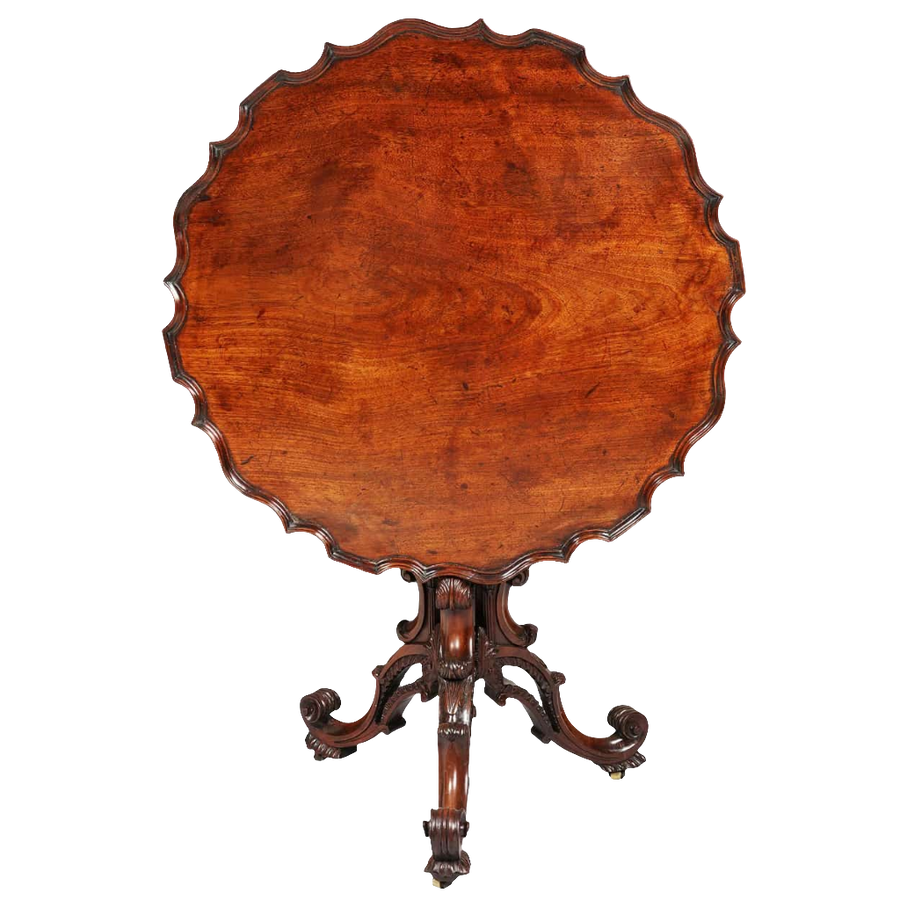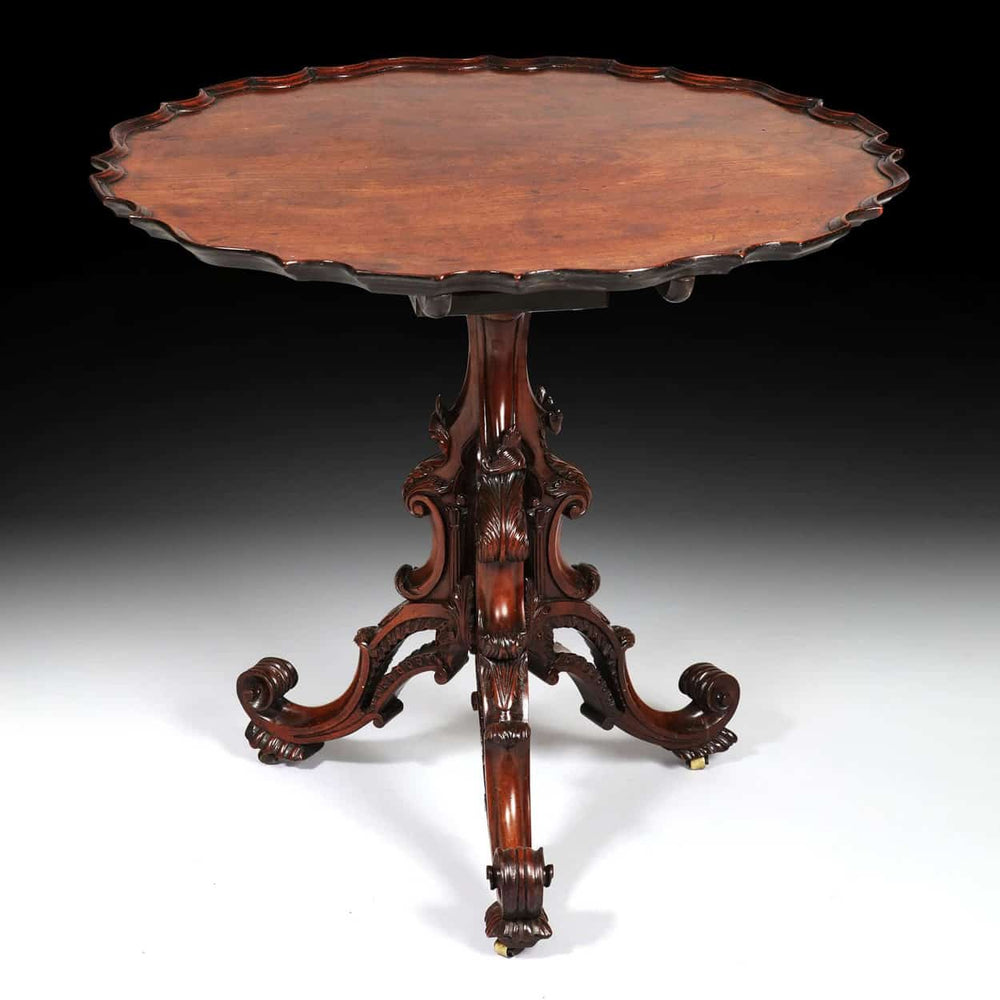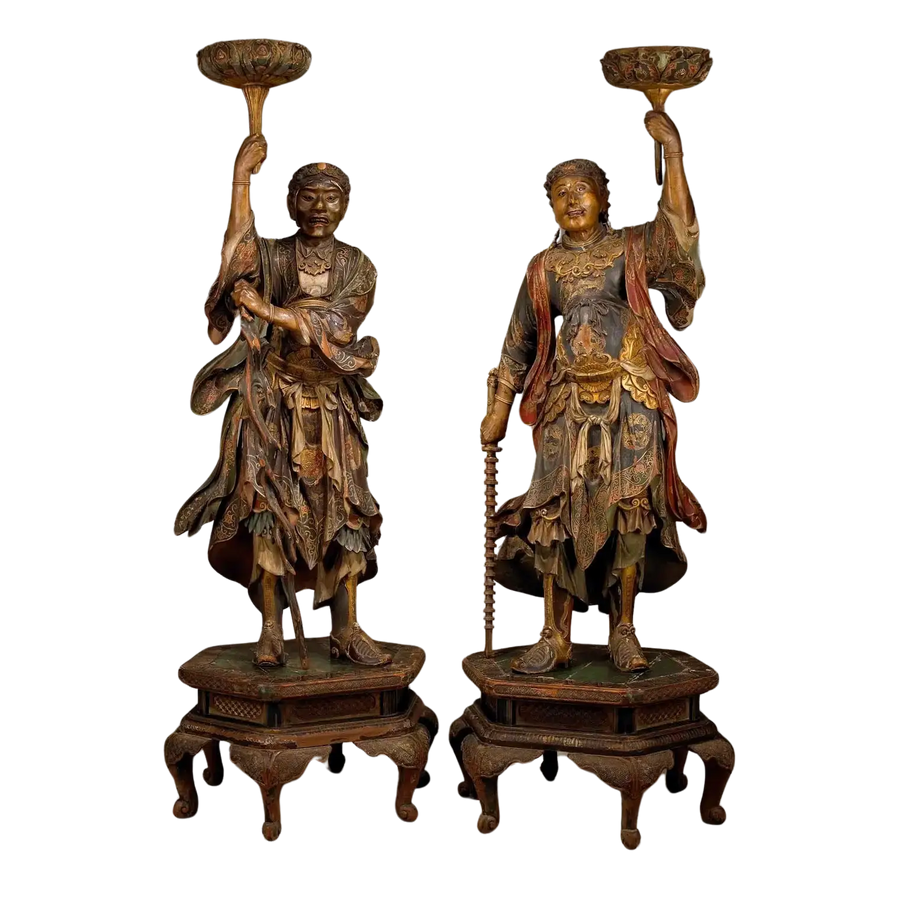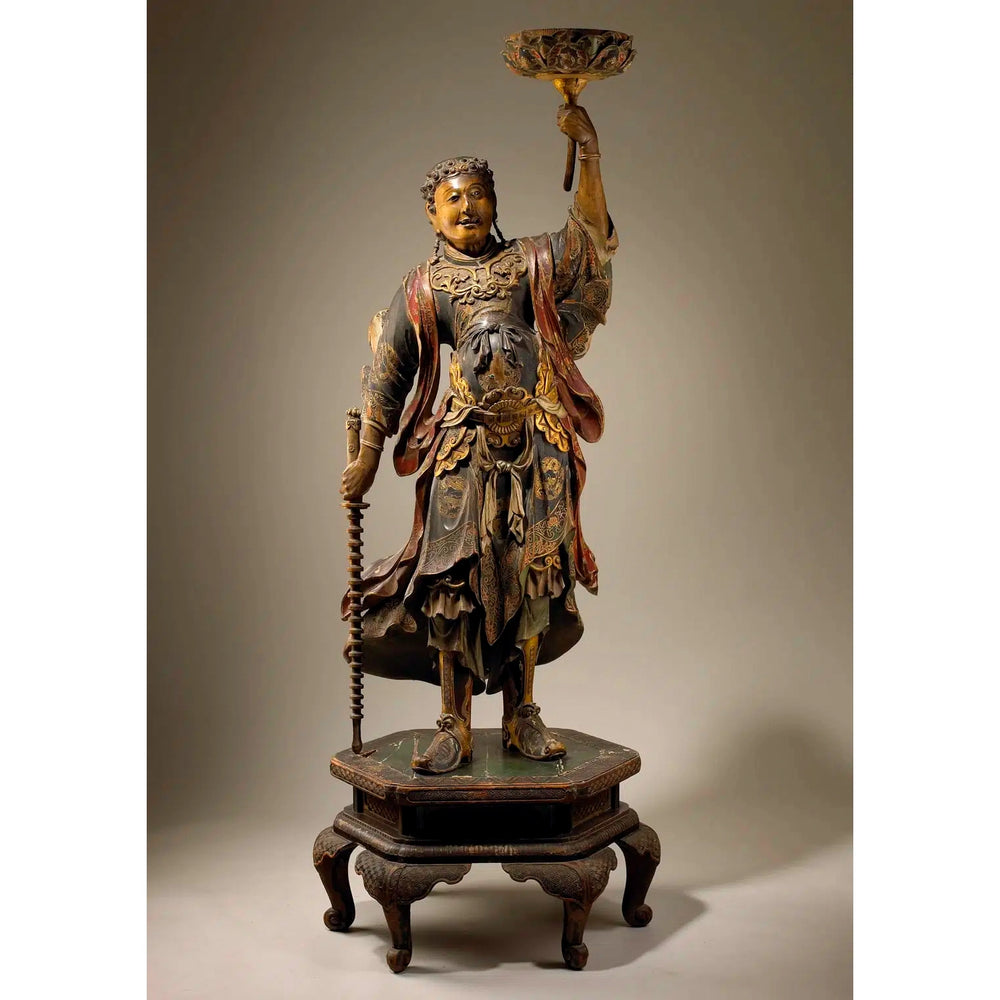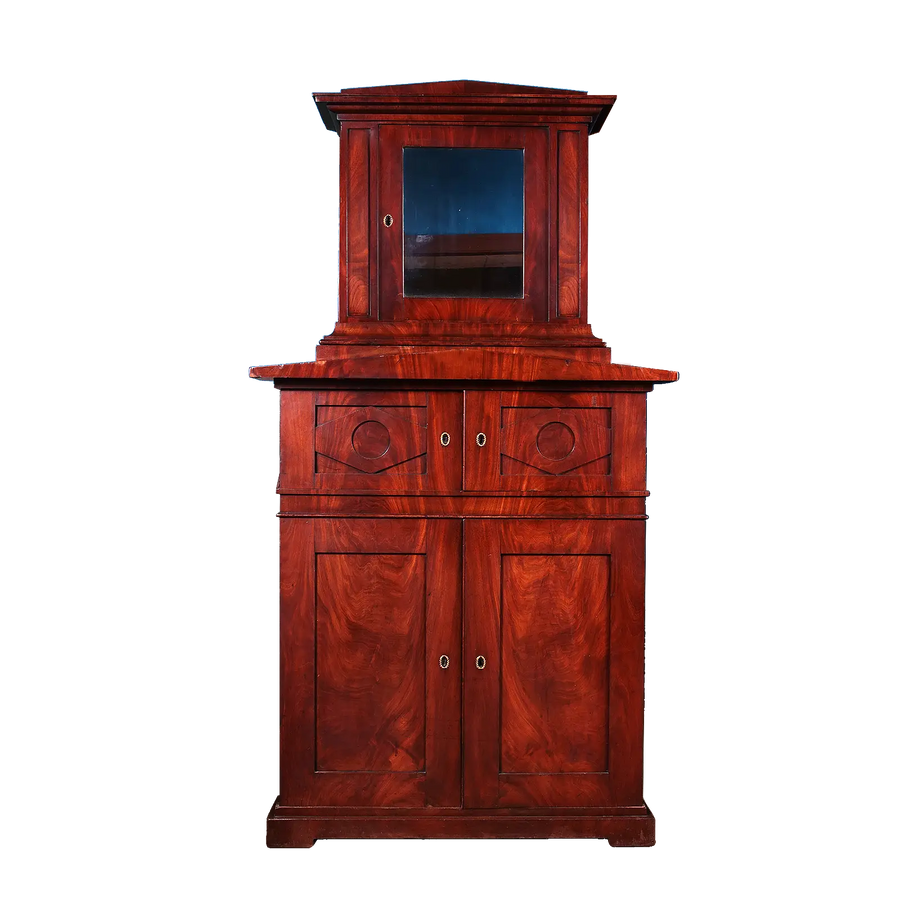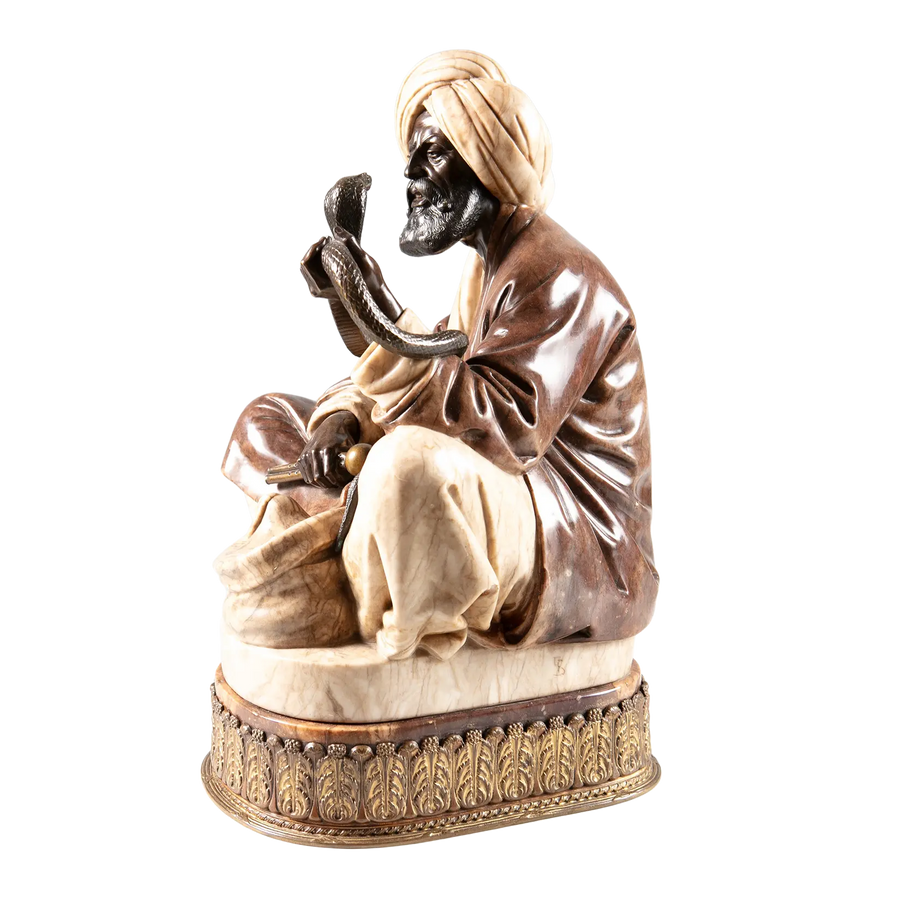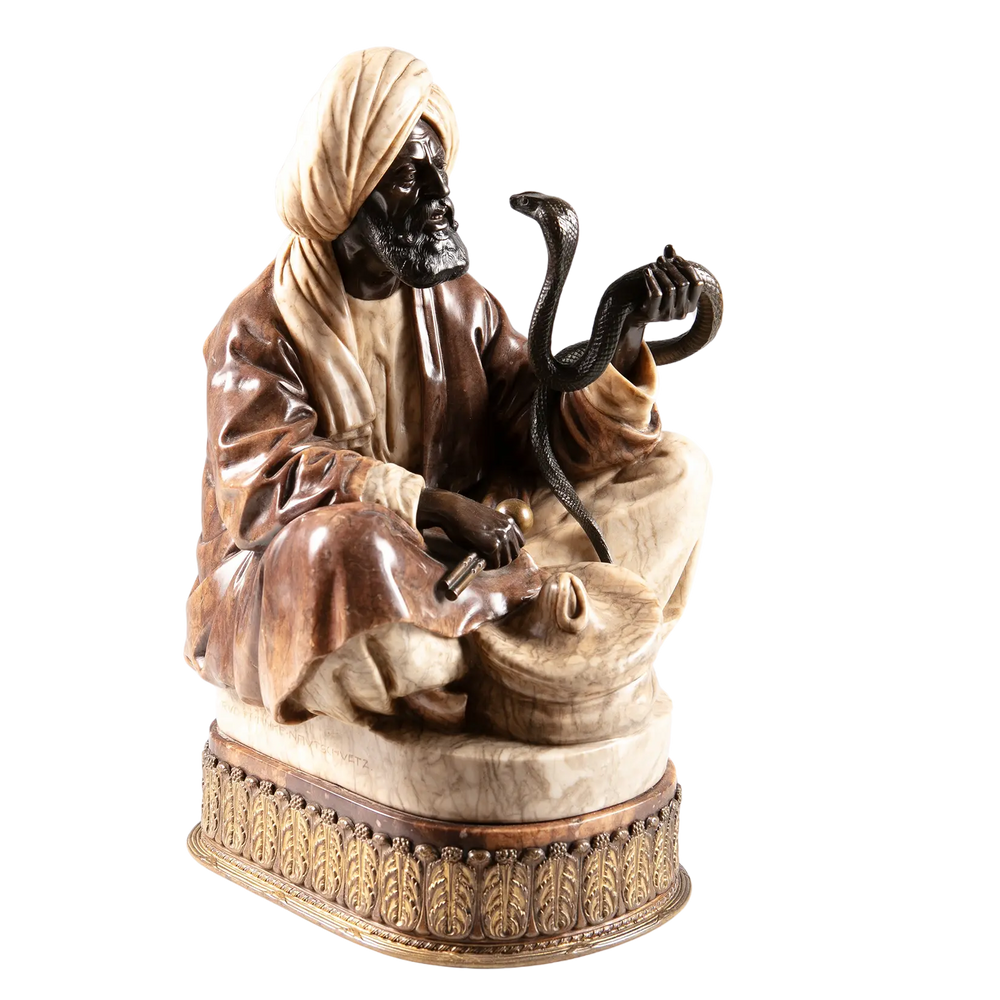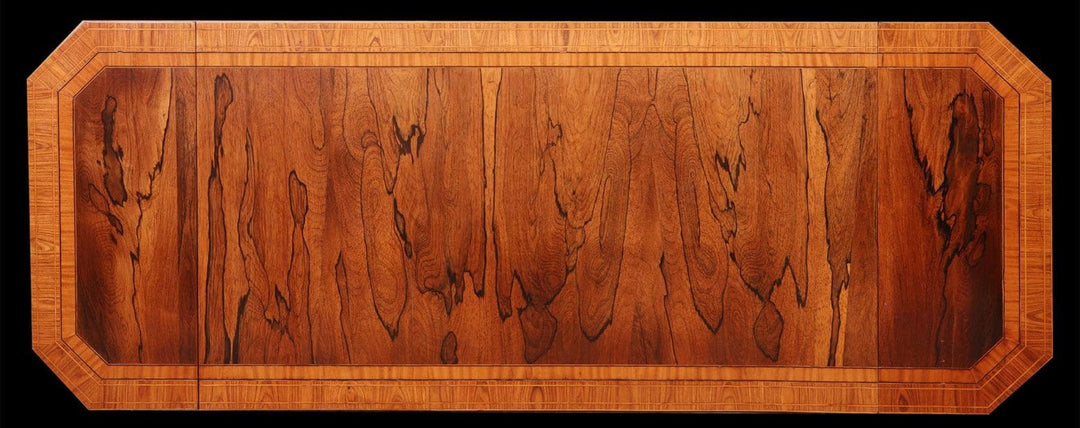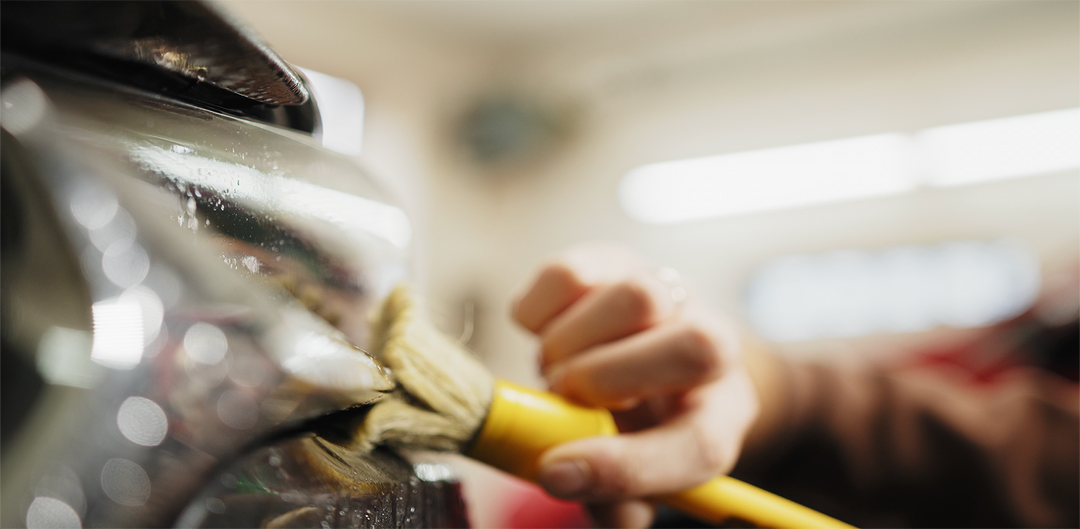
Berlin’s contributions to the decorative arts during the 18th and 19th centuries hold an unparalleled allure, embodying a unique blend of craftsmanship, innovation, and cultural synthesis. Under the patronage of visionaries like Frederick the Great, Berlin emerged as a beacon of artistic excellence, producing works of porcelain, furniture, and textiles that reflect the elegance and dynamism of the era. For collectors, Berlin’s decorative arts represent not only aesthetic brilliance but also a tangible connection to a transformative period in European design.
Why Berlin’s Decorative Arts Matter
Berlin’s decorative arts from this period are a testament to the city’s role as a cultural crossroads. The fusion of Rococo’s playful opulence, Baroque’s dramatic grandeur, and the refined restraint of Neoclassicism creates a distinctive style that sets Berlin’s creations apart. These pieces, often marked by meticulous craftsmanship, reflect the city’s ability to absorb and reinterpret European trends while adding its own unique flair. The influence of the Orient, particularly in decorative motifs and techniques, further enriched Berlin’s output, as artisans incorporated exotic patterns and forms inspired by Asian ceramics and textiles into their work. This cross-cultural exchange is evident in the intricate designs of porcelain and the delicate ornamentation of furniture, which often featured motifs like chinoiserie and stylised floral patterns.
The Kunstgewerbemuseum: A Collector’s Haven
The Kunstgewerbemuseum (Museum of Decorative Arts) in Berlin is an essential destination for collectors and enthusiasts. Its extensive collection traces the evolution of Berlin’s craftsmanship, showcasing everything from intricately painted porcelain to finely carved furniture. The museum also displays non-European artifacts, such as Chinese and Japanese ceramics, which inspired Berlin’s artisans and highlight the city’s role as a hub of cross-cultural exchange. For collectors, the Kunstgewerbemuseum provides invaluable insights into the provenance, style, and historical context of Berlin’s decorative arts, enhancing the storytelling potential and value of each piece.
Berlin Ware: A Crown Jewel for Collectors
Berlin ware, particularly its faience and porcelain, stands as a pinnacle of ceramic artistry. Developed after 1678 and refined through the establishment of the Royal Porcelain Manufactory (KPM) in 1763 under Frederick the Great, Berlin ware is renowned for its quality, intricate designs, and historical significance. KPM porcelain, marked by a cobalt blue sceptre, includes delicate vases, ornate figurines, and elaborate dishware, often adorned with detailed hand-painted scenes and Oriental-inspired motifs. These pieces reflect the technical mastery and artistic innovation of Berlin’s artisans, making them highly sought-after by collectors. The influence of the Orient is particularly evident in KPM’s use of delicate, nature-inspired designs and vibrant color palettes, which echo the aesthetic of Chinese porcelain.
Karl Friedrich Schinkel and Charlottenburg Palace
Karl Friedrich Schinkel (1781–1841), Prussia’s most celebrated architect, played a pivotal role in shaping Berlin’s decorative arts and architectural landscape. His work at Charlottenburg Palace, particularly the New Pavilion (1824–25), exemplifies his mastery of Neoclassicism and his ability to integrate decorative arts into architectural design. The New Pavilion, often described as a “jewel box” of Prussian Classicism, features elegant interiors adorned with cast-iron stoves, furniture, and decorative elements designed or influenced by Schinkel. His designs for cast-iron stoves at the palace, characterised by simple shapes and classical motifs, reflect his commitment to combining functionality with aesthetic refinement. These stoves, produced by the Royal Ironworks of Berlin, highlight the city’s advancements in cast-iron manufacture, a medium Schinkel championed for its durability and versatility in creating intricate, ornamental objects. Schinkel’s furniture designs, such as cast-iron armchairs with motifs like rams’ heads and acanthus scrolls, further demonstrate his ability to merge classical elegance with industrial innovation. His work at Charlottenburg Palace also incorporated Oriental influences, seen in the delicate, nature-inspired patterns that adorned both architectural elements and decorative objects, reflecting the broader European fascination with Asian aesthetics during the period.
A Legacy of Innovation and Craftsmanship
Berlin’s decorative arts thrived during a period of rapid technological advancement across Europe. The city’s artisans, inspired by innovations like Josiah Wedgwood’s bone china, embraced new techniques while preserving traditional methods, creating pieces that were both groundbreaking and timeless. The Royal Porcelain Manufactory’s adoption of advanced firing techniques and the use of cast iron in decorative objects, such as Schinkel’s stoves and furniture, exemplify Berlin’s innovative spirit. Cast-iron manufacture, in particular, became a hallmark of Berlin’s industrial prowess, with the Royal Ironworks producing a wide range of utilitarian and ornamental items, from ink holders to candlesticks, often designed with classical or Oriental-inspired motifs. This blend of innovation and heritage makes Berlin’s antiques particularly valuable, as they embody the evolution of European decorative arts during a dynamic era.
Photo - Conde Nast / Getty




